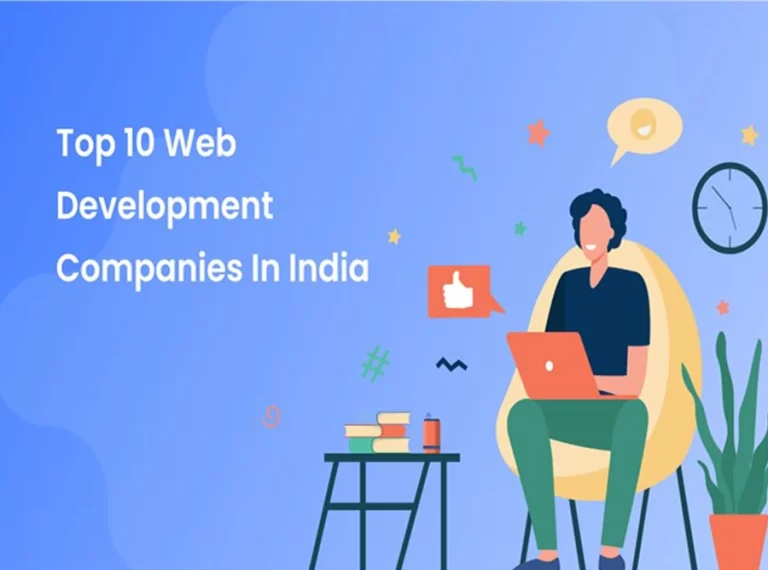A guide to knowing if your startup will succeed
By Karan Bajaj Starting out, we had 20 employees. During the next nine months, WhiteHat Jr grew to 5000+ employees with almost no incremental funding. When to scale is a crucial decision that a start-up's founders must make. If you do it too soon before your unit economics are positive, you'll quickly lose your limited
By Karan Bajaj
Starting out, we had 20 employees. During the next nine months, WhiteHat Jr grew to 5000+ employees with almost no incremental funding. When to scale is a crucial decision that a start-up’s founders must make. If you do it too soon before your unit economics are positive, you’ll quickly lose your limited early-stage cash reserves. Meanwhile, if you miss the narrow window to scale, your new category will be flooded by well-funded competitors, making your start-up irrelevant. What is the exact moment when your small startup becomes a large company? I used the following indicators to make my decision:
1. Your Product is Ready or the 50/50/50 Rule
A founder must wear three distinct hats throughout a start-up’s lifecycle:
- 0 to 1 (Pre-Scaling Phase): Aim to become the first product manager, involved in each detail obsessively.
- 1 to 100 (Scaling Phase): Instrument operations, systems, and organization structures expertly to enable scaling.
- 100 to 1000 (Post-Scaling Phase): Become a culture champion, teaching each employee the organization’s values.
All of this is compressed within a start-up, as you switch hats within a few months, and delays in any phase can make or break the company. As an example, I felt too late to lead the 100-to-1000 post-scaling phase, which I later rectified by spending excessive time articulating and encouraging deep debate and discussion on our founding values.
The founders’ main task in the 0-to-1 phase is to build a product that is ready for scaling and obsessively track a few key metrics that indicate product readiness. To begin scaling, I established a 50/50/50 rule:
- Net Promoter Score(NPS)=50
- Renewal %=50%
- Referral Contribution to New Revenue=50%
The team was limited to 20 people for nine months, resisting all pressure to scale, until we reached the 50/50/50 point. There were no press releases, no social media, very little marketing, and we used only a fraction of the $1 Million seed funding we’d raised.
For example, our 1st curriculum had a Net Promoter Score (NPS) of 23. To make each element of the curriculum stronger, we called users every day, did hundreds of iterations on each level for each class, and launched new features like post-class projects and quizzes every day based on their feedback.
As soon as we hit the 50/50/50 point, we blitz-scaled, adding thousands of students, teachers and employees almost overnight. We grew without increasing cash burn due to positive unit economics.
Defining your metrics and tracking them every day will depend on how to achieve positive unit economics. In my experience, the best approach for startups is to be extremely patient in the beginning to create a product users love, and then extremely impatient to distribute it widely once you have hit your golden “user love” metrics.
2. Your Users are Ready
The world will start giving you small indications when your product is ready. There is so much evidence your product is ready! Mom’s Whatsapp groups are recommending it, celebrities start using it without you even knowing, there are signs every day! Make a deliberate effort to switch from incremental to 10x thinking once you see the signs. For instance, WhiteHat Jr. had been growing at a steady rate of 20% each month when we first noticed these results. It catalyzed our resolve to break away from incremental growth and start growing 100% month on month, restructuring the whole organization to achieve this goal. A company’s imagination shrinks or expands as its metrics and indicators go north. The moment your metrics and indicators go up, so should your imagination!
3. Your Team is ready, fully inspired by the mission
Founders, like me, often think that you can take away their business, brand, and structure, but if only they left their team with me, I’d probably start over again from scratch in a short timeframe. A startup’s team is everything. In order to handle the daily doubling customer service needs posed by blitzscaling, either you manage call centers or set up internal teams to recruit hundreds of people weekly. Each team member goes above and beyond. A deep belief in the company’s mission is the only thing bringing the team together.
Our mission, for instance, is that kids should be creators and not consumers of technology. Additionally, our vision to create 100,000 live 1:1 women teaching jobs in India became more urgent than ever as the Indian economy shed thousands of jobs daily due to the pandemic. We stayed strong because of this. If your team shares the same conviction about the startup’s mission, you’ll be ready to tackle any challenges that may arise.
This should help you decide when to switch from the inward focus of the 0-to-1 phase to the turbocharged 1-to-100 phase. I wish you the best of luck on this unforgettable journey!
(Karan Bajaj is an author and technology entrepreneur, and also founder and CEO of WhiteHatJr. The views expressed are personal and not necessarily that of Financial Express Online)












